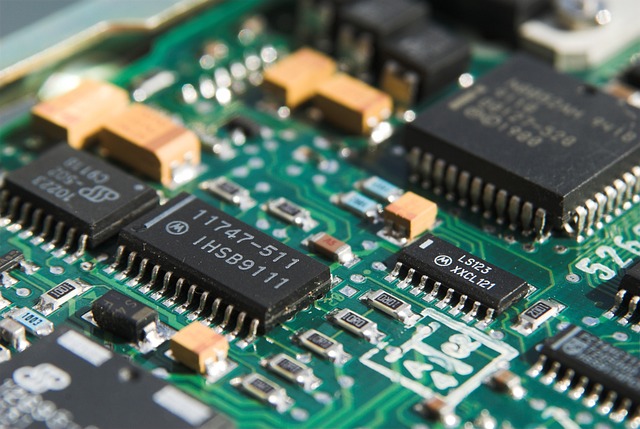In an era where technology continues to blur the lines between human capabilities and machine efficiency, integrated AI systems emerge as a beacon of innovation, especially in the realms of robotics and business automation. These systems are not just tools; they represent a profound shift in how we understand interaction, bridging the gap between human intuition and machine precision.
Imagine a world where robots not only perform menial tasks but also possess the ability to interact and adapt to their environment. Through integrated AI systems, robots can analyze data in real-time, recognize patterns, and respond appropriately, making them essential partners in various industries. This advancement allows businesses to focus on more complex and nuanced tasks, leading to increased productivity and creativity.
Moreover, the integration of AI in robotics fosters a rich tapestry of collaboration. For instance, in manufacturing, automated systems can now communicate and coordinate with each other, sharing insights and optimizing workflows. This not only reduces errors but also speeds up production times, leading to better service delivery. In such dynamic environments, the seamless interaction between AI and robotics creates an ecosystem where innovation thrives.
In the business landscape, the impact of integrated AI systems cannot be overstated. As companies look to automate their operations, integrating AI solutions can lead to smarter decision-making and enhanced customer experiences. Imagine chatbots that learn from every interaction, gradually becoming more attuned to consumer needs, ultimately improving customer satisfaction. This personalized interaction is what sets businesses apart in today’s competitive marketplace.
The journey towards the full realization of integrated AI systems is not without its challenges. As organizations strive to incorporate these technologies, they must also consider ethical implications, data privacy, and the human element of interaction. Ensuring that technology serves to enhance human potential, rather than replace it, is crucial. The ideal scenario is one where AI acts as a collaborative partner, augmenting human capabilities and enabling new forms of interaction that were previously unimaginable.
As we continue to explore the multitude of possibilities that integrated AI systems offer, it is essential to embrace a holistic approach. By fostering environments where robotics, artificial intelligence, and human intuition can coexist and collaborate, we can unlock the full potential of these innovations. The future of interaction lies in our ability to harmonize technology with human values, ensuring that progress benefits everyone.



